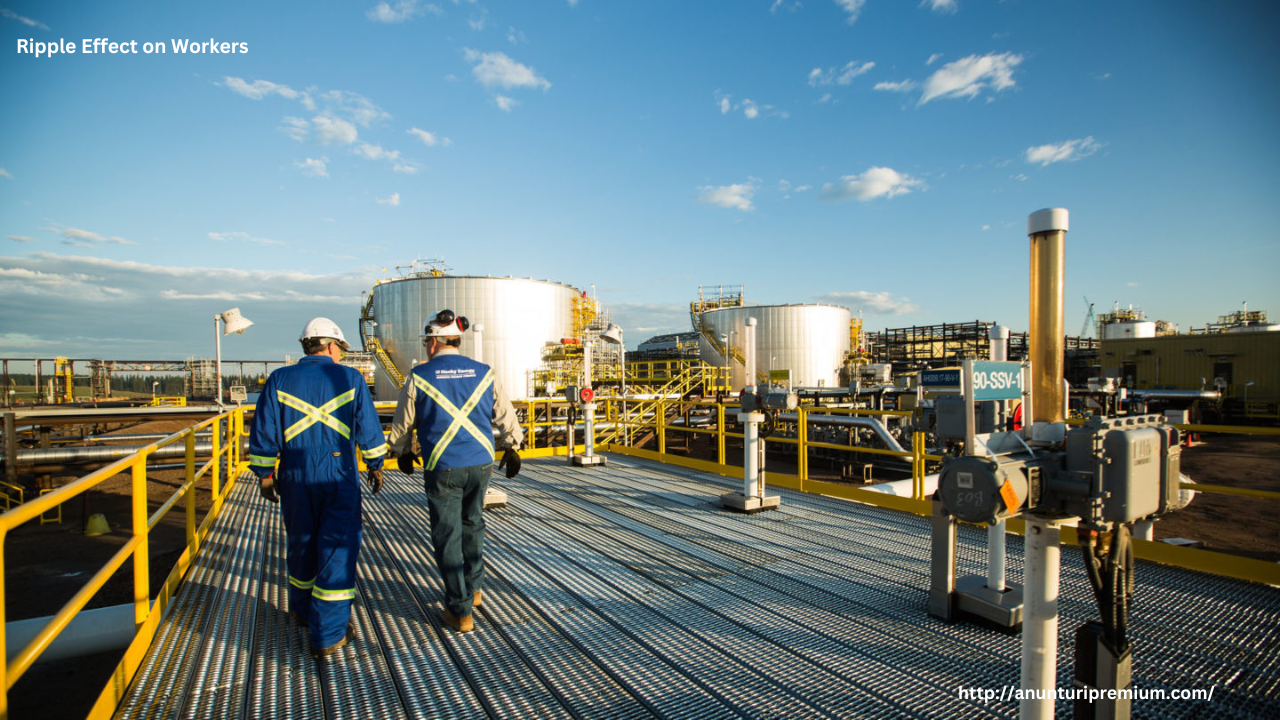Oil sands workers face unique challenges that contribute to substance abuse. Long shifts—often 12 hours or more—paired with rotating schedules leave workers physically and mentally exhausted. Many employees operate in remote areas where access to social and recreational activities is limited, leading to boredom, loneliness, and stress.
The demanding nature of the job, combined with the transient lifestyle, creates an environment where substance use can easily take hold. Stimulants like cocaine and methamphetamine are used to help workers stay awake and energized, while opioids and alcohol serve as a way to relax after strenuous shifts. What may begin as occasional use can quickly escalate into dependency, especially when substances are used to cope with chronic pain, fatigue, or mental health struggles.
The Impact on Workplace Safety
In an industry where workers handle heavy machinery, dangerous chemicals, and high-pressure systems, impairment on the job poses a serious risk. Substance abuse can lead to decreased concentration, slower reaction times, and poor decision-making—all of which increase the likelihood of workplace accidents and injuries.
According to industry reports, a significant number of oil sands accidents are linked to drug or alcohol use. Even when workers avoid using substances on the job, withdrawal symptoms and lingering effects from previous use can impact their ability to perform safely. Employers are increasingly using random drug testing to mitigate these risks, but addiction often pushes workers to find ways to bypass these measures, further complicating the issue.
The Ripple Effect on Workers and Communities
Beyond workplace safety, substance abuse has devastating effects on workers’ personal lives. Many oil sands employees travel long distances to work, leaving behind families for weeks or months at a time. Addiction strains relationships, leading to marital breakdowns, financial difficulties, and mental health struggles for both the worker and their loved ones.
In communities like Fort McMurray, the social impact of substance abuse is undeniable. Crime rates, homelessness, and overdose deaths have all been linked to addiction in the oil sands workforce. The region has seen a rise in opioid-related fatalities, with fentanyl and other synthetic drugs becoming increasingly available. The high wages earned in the industry make workers prime targets for drug dealers, further fueling the crisis.
Addressing the Crisis
Tackling substance abuse in the oil sands requires a multi-faceted approach. Employers must prioritize mental health support, offering confidential counseling and addiction treatment programs. Workplace culture needs to shift away from stigma, allowing employees to seek help without fear of job loss.
Governments and community organizations should also invest in harm reduction initiatives, increasing access to addiction treatment centers and public education campaigns. Stronger regulations around workplace safety, combined with proactive health programs, can help reduce the risk of substance-related accidents.
Conclusion
The stakes are high in Alberta’s oil sands—both economically and personally. While the industry provides financial stability for thousands, the hidden crisis of addiction threatens the well-being of workers and their communities. By recognizing the issue and implementing effective solutions, employers, governments, and individuals can work together to create a safer, healthier future for those who fuel Canada’s energy sector.
